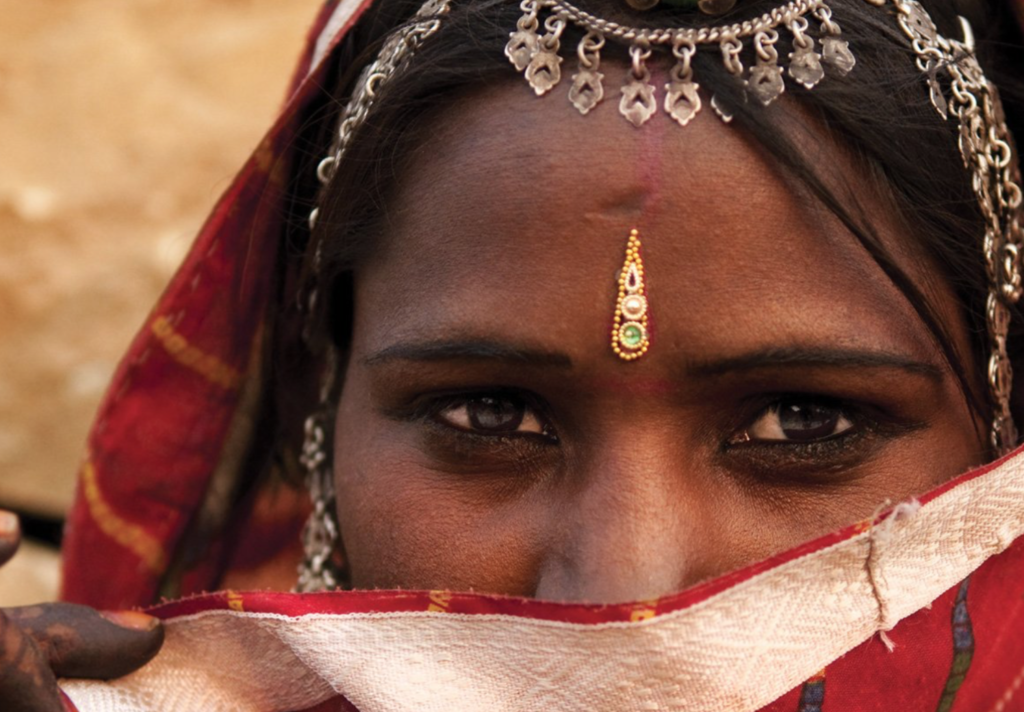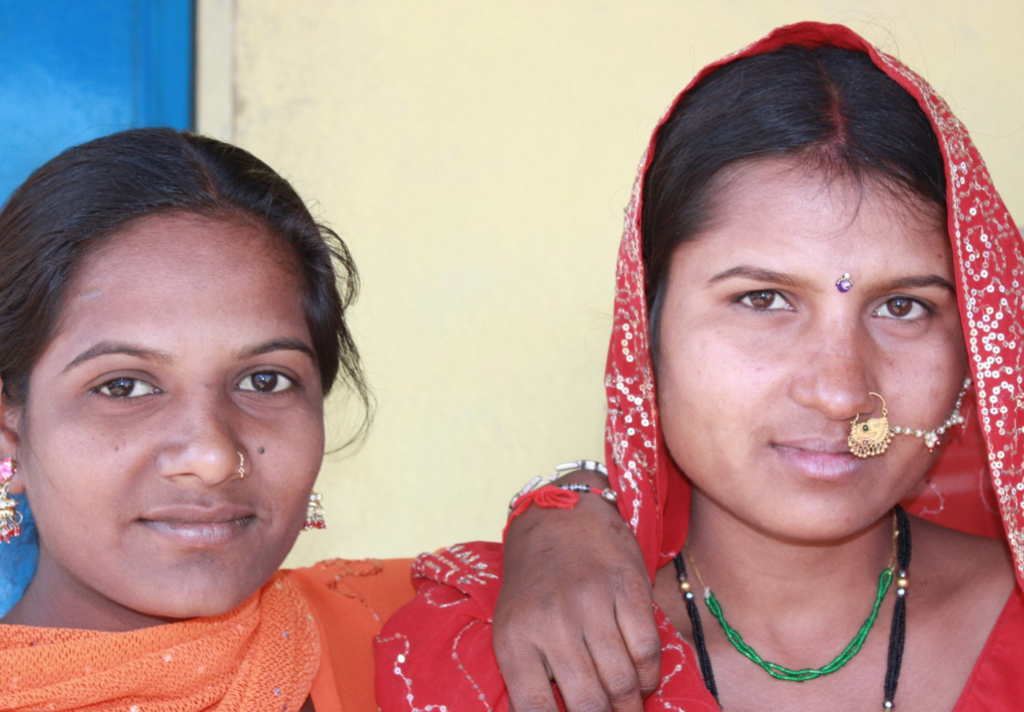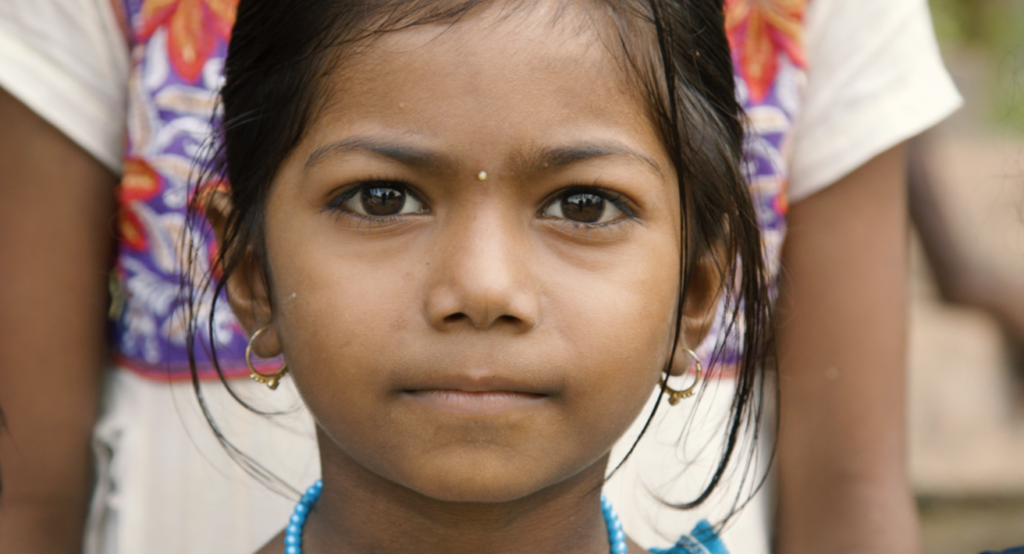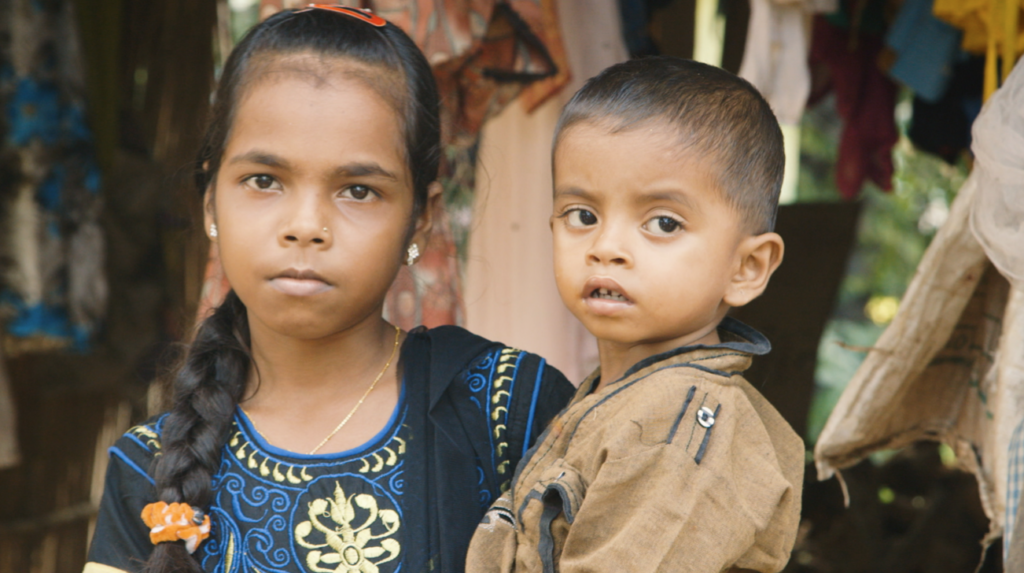By Micah Hartmann June 19, 2019 from The Exodus Road India
——————————————————————————————-
According to Reuters, an estimated 20 million commercial prostitutes are living in India, and 16 million of them are female victims of sex trafficking.1 This overwhelming number is only a portion of the total number of humans living in modern slavery in India today. One contributing influence to this extreme level of exploitation has to do with an ancient Hindu tradition.
Devadasi translates directly to “female slave of God.” The practice is illegal everywhere today, yet it successfully draws thousands of young girls—some as young as five or six—into India’s sex trade every single year.2,3 There are still families and communities who believe in the ancient tradition and believe that by committing their daughters to the practice, they will be blessed in return.

Ancient India
THE DEVADASI SYSTEM DIDN’T START AS A WAY TO EXPLOIT INDIAN GIRLS.
The practice was earliest recorded in the 6th century A.D., when a queen from the Keshari Dynasty decided that highly accomplished women—who had been trained in classical dancing—should be married to deities. Women chosen to fill these roles were highly respected and esteemed members of society. In fact, once married to the deities, they were considered goddesses themselves. Their duties were to care for the temple, perform sacred religious rituals, and dance for royalty in the name of the goddess, Yellamma.
IT WAS DEEMED AN HONOR FOR PATRONS TO FINANCIALLY SPONSOR THESE WOMEN.4,5
From Esteemed to Exploited
When Islamic rulers invaded North India, they began destroying Hindu temples—displacing the devadasi, cutting off their patronage, and stripping them of their social status. Their exploitation began as they were forced to find other work, which may have included performing at weddings and private events. Dancing and prostitution soon formed a connection within the culture,6 and devadasis were forced to become mistresses of priests, kings, and eventually rich landowners.7
Many believe that the British also contributed to the marginalization of this group by displacing patrons and rulers who supported the practice, believing it detestable and wanting to destroy it completely. The devadasis were driven underground.

A Tradition Unbroken in Modern Times
During the Middle Ages, devadasis often came from royal bloodlines, were highly skilled, and were quite possibly among the few literate women in the region. Today, devadasis are directly linked to extreme poverty and sexual exploitation. Lower-caste girls are targeted by wealthy landowners or “dedicated” to Yellamma by their own parents.8

According to the Indian National Commission for Women (NCW), at least 44,000 devadasis are active in India today; the number could, however, be as high as a quarter million. The NCW also states that the majority are concentrated in certain parts of the country: Andhra Pradesh, Karnataka, and Maharashtra.
The driving forces—religion and tradition—remain the same as they were originally, but similarities end there. Here are several reasons the ancient tradition lives on and in certain regions, continues to thrive.
THE CASTE SYSTEM
The Hindu caste system is one of the oldest surviving forms of social classification in the modern world. It’s broken into four main categories:9
1 BRAHMINS (PRIESTS, TEACHERS)
2 KSHATRIYAS (WARRIORS, RULERS)
3 VAISHYAS (FARMERS, TRADERS, MERCHANTS)
4 SHUDRAS (LABORERS)
Dalits aren’t even considered part of the system. They are known as the “untouchables” in society. Modern devadasis come primarily from the Dalit caste. Many young girls believe the only chance they have to rise in the rigid system is to dedicate themselves to a life of slavery. Otherwise, they may be forced to join the workforce doing unclean work “that involves physical contact with blood, excrements, and other ‘defilements as defined by Hindu law.’”

BLESSED BY A GODDESS
Some families believe they are honoring Yellamma by dedicating their daughters and that the younger a girl is when she is dedicated, the more she will be blessed. Many Hindu priests preserve and condone the long-standing tradition in their communities, as well. They claim families will be rewarded by dedicating their daughters or attribute poverty or poor health to the wrath of the deity.
1 SOCIETAL PRESSURES
The devadasi have an opportunity to earn money to support their families. Sometimes they even earn enough to own land. It’s also common for landowners (of a higher caste) to believe that having sex with as many young girls as possible is prestigious. Some believe that having sex with a young girl wards off diseases. All of these deep-seated, cultural norms help keep this practice alive today.
2 DEVADASIS VS. OTHER VICTIMS OF HUMAN TRAFFICKING
Devadasis differ from other victims of sex trafficking in several ways. First, they are typically much younger; many young girls are dedicated to Yellamma between the ages of five and ten. Second, girls are blindly but openly induced into the sex industry to be exploited—often by their own families. Third, many of those who participate in the practice are ignorant of the laws that ban it.
Fighting the Devadasi Practice in India
Though the devadasi practice was outlawed nearly one hundred years ago, in 1924, it continues to exist in certain parts of the country due to continuous underreporting and its underground nature. To further combat the issue, various laws and prohibitions have been passed, targeting parts of the country where the practice is still highly concentrated.12
While it may seem overwhelming, there’s hope for girls trapped in the devadasi system of sex trafficking. Our ministry is actively engaged in rescuing boys and girls from a life of uncertainty, to give them a future filled with hope. That’s what our Hope Homes are all about.
And you can help. By supporting our ministry, you can help bring freedom to girls who are still enslaved. Together we will open more homes and rescue more precious children. Consider becoming a Hope Home sponsor today.
——————————————————————————————-
1. Nagaraj, Anuradha. “Rescued Child Sex Workers in India Reveal Hidden Cells in Brothels.” Reuters, Thomson Reuters, 13 Dec. 2017.
2. Shingal, Ankur (2015). “THE DEVADASI SYSTEM: Temple Prostitution in India.” UCLA Women’s Law Journal, 22(1).
3. VICE. “Prostitutes of God (Documentary).” YouTube, 21 Aug. 2012.
4. Shingal, Ankur (2015). “THE DEVADASI SYSTEM: Temple Prostitution in India.” UCLA Women’s Law Journal, 22(1).
5. VICE. “Prostitutes of God (Documentary).” YouTube, 21 Aug. 2012.
6. Shingal, Ankur (2015). “THE DEVADASI SYSTEM: Temple Prostitution in India.” UCLA Women’s Law Journal, 22(1).
7. VICE. “Prostitutes of God (Documentary).” YouTube, 21 Aug. 2012.
8. Shingal, Ankur (2015). “THE DEVADASI SYSTEM: Temple Prostitution in India.” UCLA Women’s Law Journal, 22(1).
9. “What Is India’s Caste System?” BBC News, BBC, 20 July 2017.
10. Shingal, Ankur (2015). “THE DEVADASI SYSTEM: Temple Prostitution in India.” UCLA Women’s Law Journal, 22(1).
11. Ibid.
12. Ibid.

Good https://lc.cx/xjXBQT
Very good https://is.gd/N1ikS2
This piece does more than just convey information; it opens up a space for contemplation and deeper thought.
https://shorturl.fm/N6nl1
https://shorturl.fm/oYjg5
https://shorturl.fm/FIJkD
https://shorturl.fm/6539m
https://shorturl.fm/j3kEj
https://shorturl.fm/m8ueY
https://shorturl.fm/j3kEj
https://shorturl.fm/9fnIC
https://shorturl.fm/9fnIC
https://shorturl.fm/TbTre
https://shorturl.fm/m8ueY
https://shorturl.fm/m8ueY
https://shorturl.fm/6539m
https://shorturl.fm/FIJkD
https://shorturl.fm/9fnIC
https://shorturl.fm/6539m
https://shorturl.fm/TbTre
https://shorturl.fm/nqe5E
https://shorturl.fm/DA3HU
https://shorturl.fm/fSv4z
https://shorturl.fm/PFOiP
https://shorturl.fm/retLL
https://shorturl.fm/PFOiP
https://shorturl.fm/retLL
https://shorturl.fm/hevfE
jvvxu6